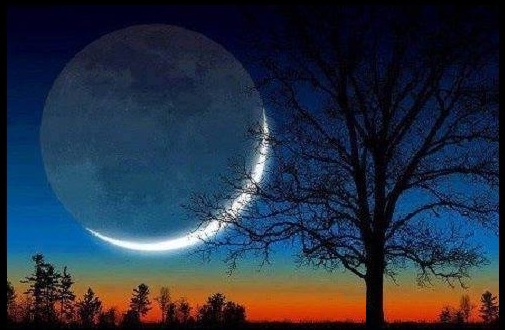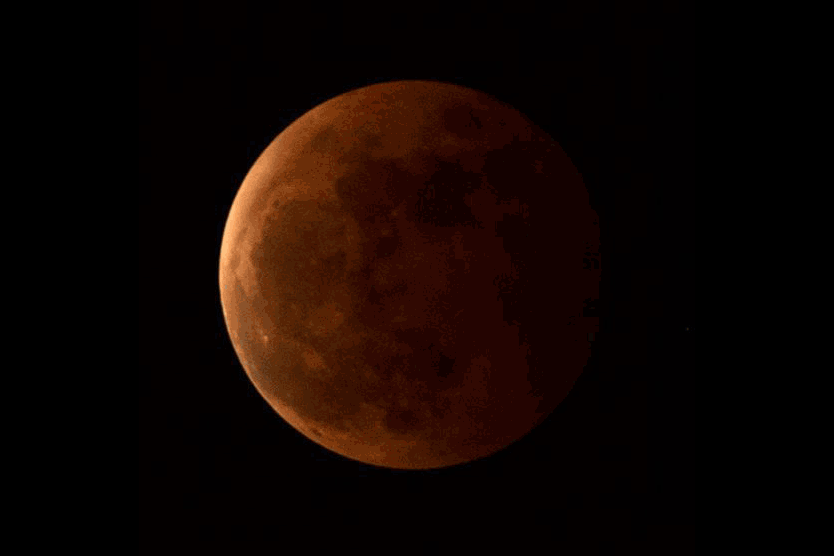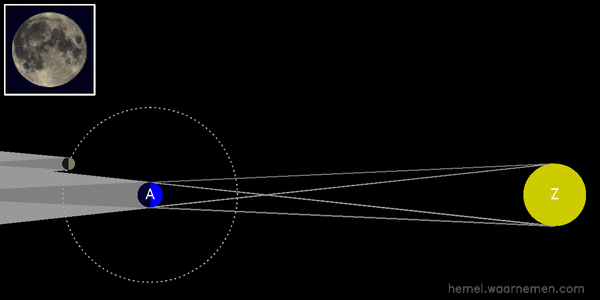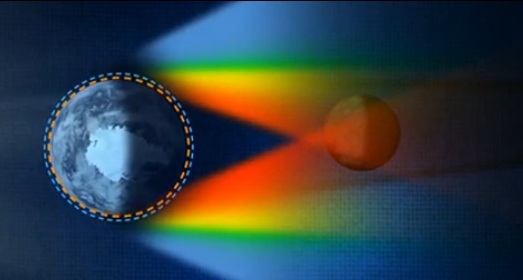Indirect illumination of the moon
The moon can be illuminated indirectly in at least two manners

1 The earthshine or ashen light
Shortly before and after new moon a small crescent of the moon is visible. Looking carefully
you see the rest of the suface of the moon, however faint relative to the crescent.
That part of the surface shows the 'ashen light'.
That light arises due to the fact that the earth reflects a bit of sunlight to the moon.
Especially the white clouds can reflect the light well.
(The light of the crescent is the sum of the direct illumination by the sun and
the indirect illumination by the earth.)
2 Bloody red moon

(Dutch) source: http://hemel.waarnemen.com/FAQ/Maan/020.html
In average during a moon year while full moon exists, our naural satelite moves
5 times over the shadow of the earth
5 times under the shadow of the earth and
2 times through that shadow and then a moon eclipse occurs.

(Sometimes there is only a partial moon eclips.)
All this can occur, because the orbit of the moon and the orbit of the earth make
an angle of 5o.
During a total moon eclipse the moon vanishes completely in the shadow (umbra) of the earth.
If the earth would not possess an atmosphere, then the moon would be completely invisible
while it is in the umbra of the earth.
However the earth has an atmosphere and due to that,
the total eclipsed moon shows itself reddish.

Mainly the red beams of the solar spectrum hit the moon.
Explanation of the 'umbra's.

Shown are solar eclipses, no moon eclips.




